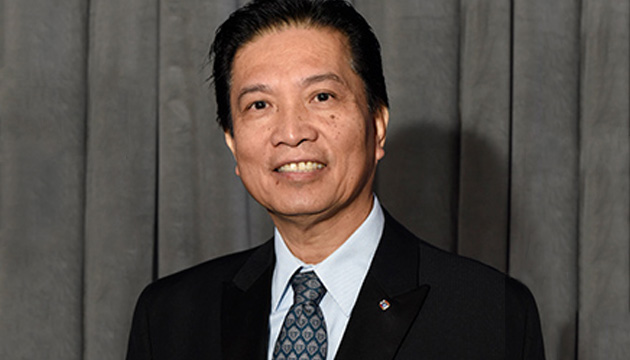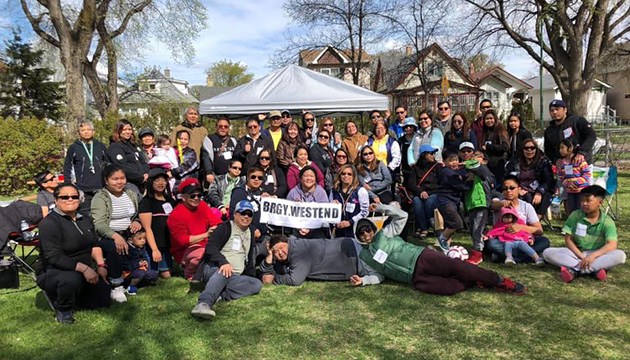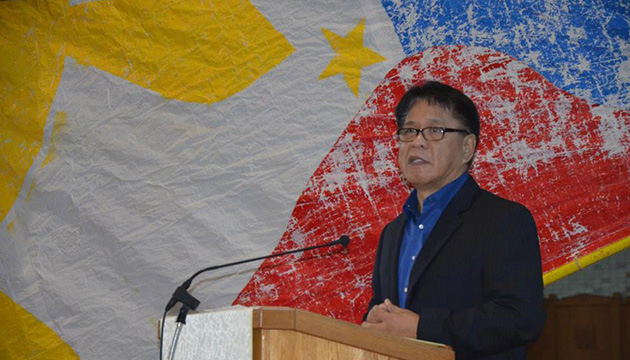May 16, 2023 – Number 14 in the United States and Philippines Bilateral Defense Guidelines, forged on May 3 during the official visit of President Ferdinand Marcos Jr. to Washington D.C, states,“An armed attack in the Pacific, to include anywhere in the South China Sea, on either Philippine or U.S. armed forces – which includes both nations’ Coast Guards – aircraft, or public vessels, would invoke mutual defense commitments under Article IV and Article V of the MDT.”
The first paragraph under Article IV of the 1951 U.S.-Philippines Mutual Defense Treaty states, “Each Party recognizes that an armed attack in the Pacific area on either of the Parties would be dangerous to its own peace and safety and declares that it would act to meet the common dangers in accordance with its constitutional processes.”
Article V states that “for the purpose of Article IV, an armed attack on either of the Parties is deemed to include an armed attack on the metropolitan territory of either of the Parties, or on the island territories under its jurisdiction in the Pacific Ocean, its armed forces, public vessels or aircraft in the Pacific.”
With these commitments, can the United States invoke the 1951 U.S.-Philippines Mutual Defense Treaty to be allowed to use the EDCA sites in Cagayan, just about 600 kilometers to Taiwan, to launch attacks to stop the Chinese from taking over Taiwan?
I posed this question to retired Supreme Court justice Antonio T. Carpio at the sidelines of the forum “Modernizing Philippine defense capabilities and elevating security partnerships,” organized by the Stratbase ADR Institute at the Manila Golf Club last May 3.
Carpio said it is a gray area. He immediately added, “No.” He explained that the authority of EDCA is derived fromthe MDT,the purpose of which is“to resist armed attacks.”
He said this was underscored in the 2016 Supreme Court decision on the petitions questioning the constitutionality of EDCA.
EDCA stands for Enhanced Defense Cooperation Agreement between the Philippines and the United States. Signed in 2014, it established “agreed locations” in the country where the U.S. Armed Forces can have access on a rotational basis.
Under EDCA, “the Philippines authorizes the United States forces, United States contractors and vehicles, vessels and aircraft operated by or for United States forces may conduct the following activities with respect to Agreed Locations: training, transit, support and related activities; refueling of aircraft, bunkering of vessels; temporary maintenance of vehicles, vessels and aircraft; temporary accommodation of personnel; communications; prepositioning of equipment, supplies, materiel; deploying forces and materiel and such other activities as the Parties may agree.”
Always, what we have in mind is that the Americans are coming to aid the Philippines in case of what we-pray-it-won’t-happen scenario of an armed confrontation with China over our conflicting claims in the South China Sea.
The U.S.-PH Bilateral Defense Guidelines, signed by Defense Secretaries Carlito Galvez and Lloyd J. Austin III,underscores the obligations of both parties to each other: “An armed attack in the Pacific, to include anywhere in the South China Sea, on either Philippine or U.S. armed forces – which includes both nations’ Coast Guards – aircraft, or public vessels, would invoke mutual defense commitments under Article IV and Article V of the MDT.”
With the rising tension between China and Taiwan, we raise a scenario which, a few years back, we thought was farfetched: If the U.S intervened in a China-Taiwan armed conflict and an American ship got attacked by China, would that be considered an armed attack on Philippine metropolitan territory or in one of its islands and justify U.S. operationalization of the MDT and the use of the EDCA sites, two of them in Cagayan “only a stone’s throw away from Taiwan,” as described by Chinese Ambassador Huang Xilian, to launch an attack against Chinese forces?
Carpio said that would not be within the coverage of the MDT.
The president himself, in his talk at the Center for Strategic and International Studies on May 4,said, “Should there be such an attempt to use such – the EDCA sites for offensive action, then that would be outside the parameters of what we had discussed and what the EDCA sites are.”
To be fair, he added, “the United States has never brought up the possibility –– that we will use – that the United States will use the EDCA states as staging areas for any offensive action against any country.”
Marcos was also asked: Has the U.S. asked your government to contribute Philippine military troops to combat operations should a war break out between the U.S. and China over Taiwan?
Marcos replied:“No.”













